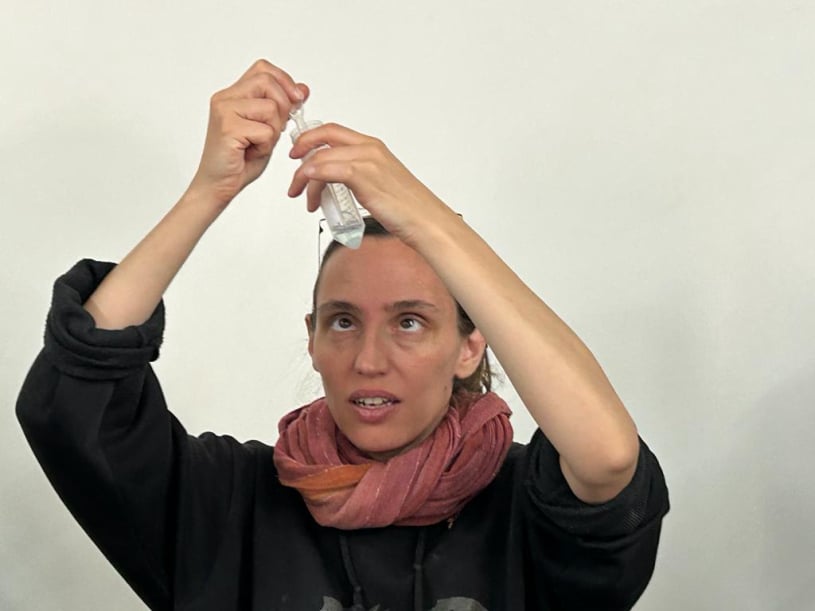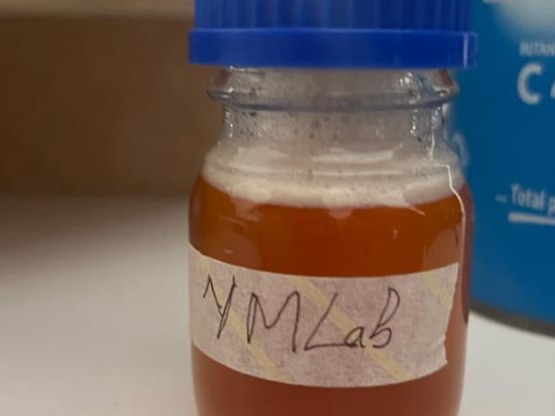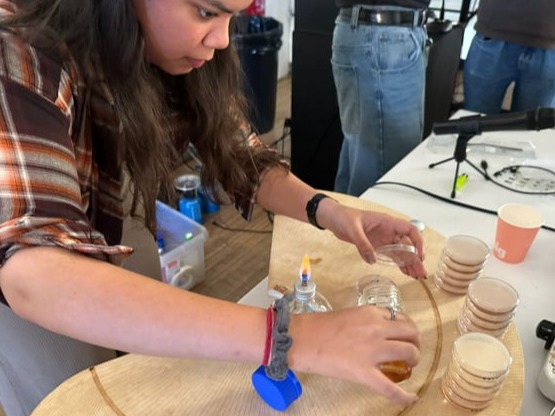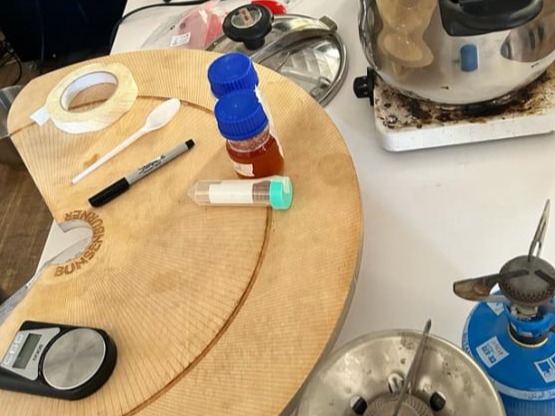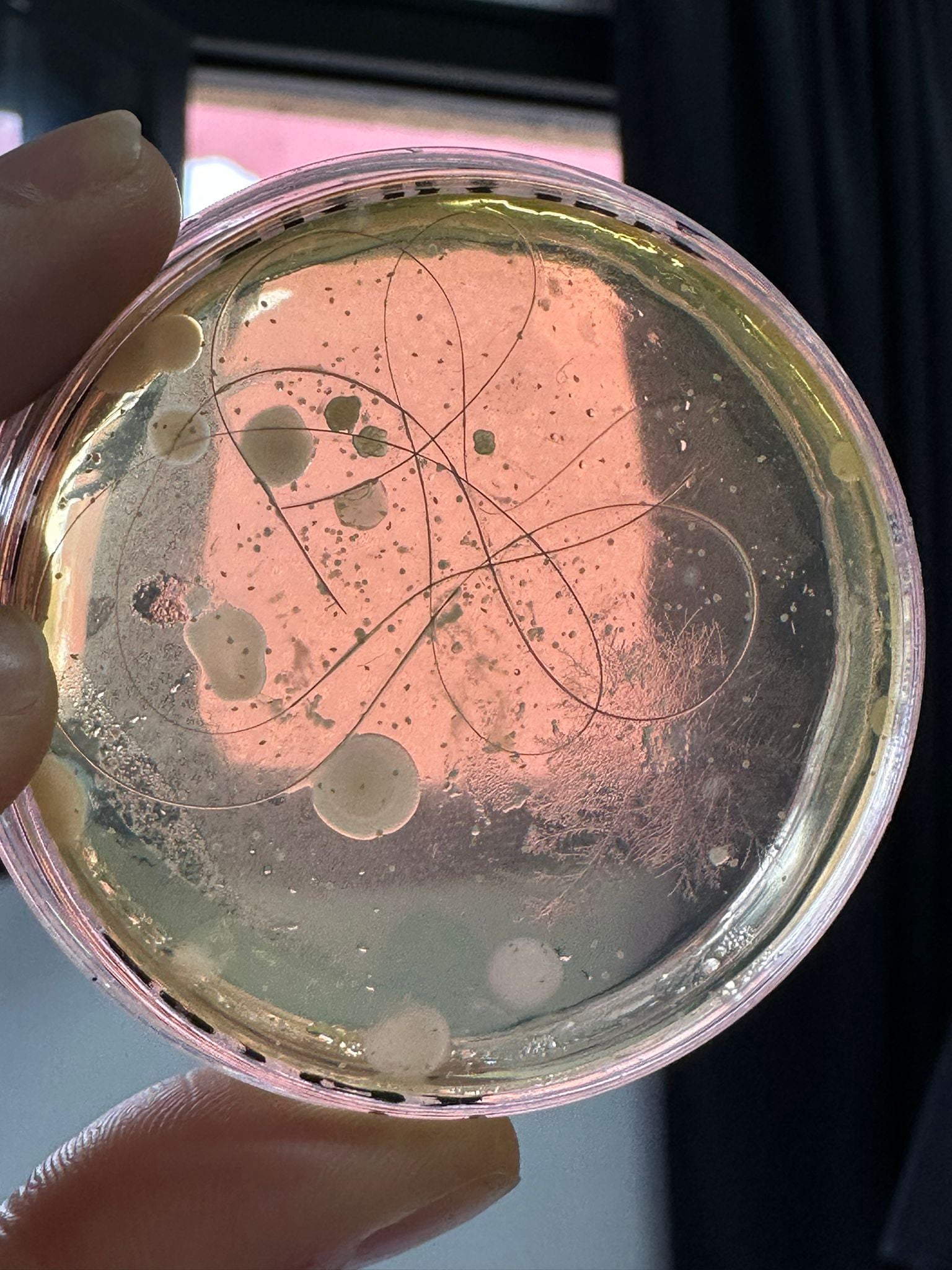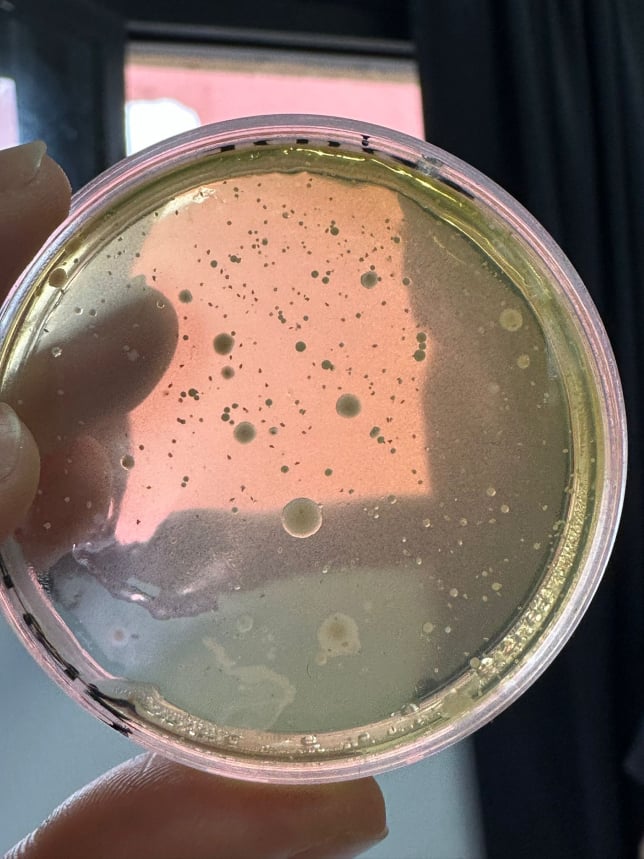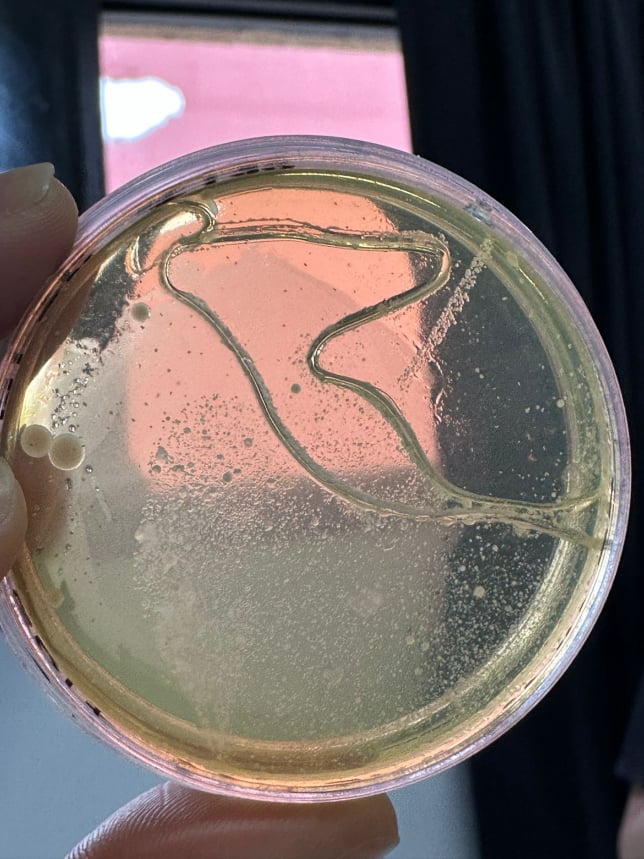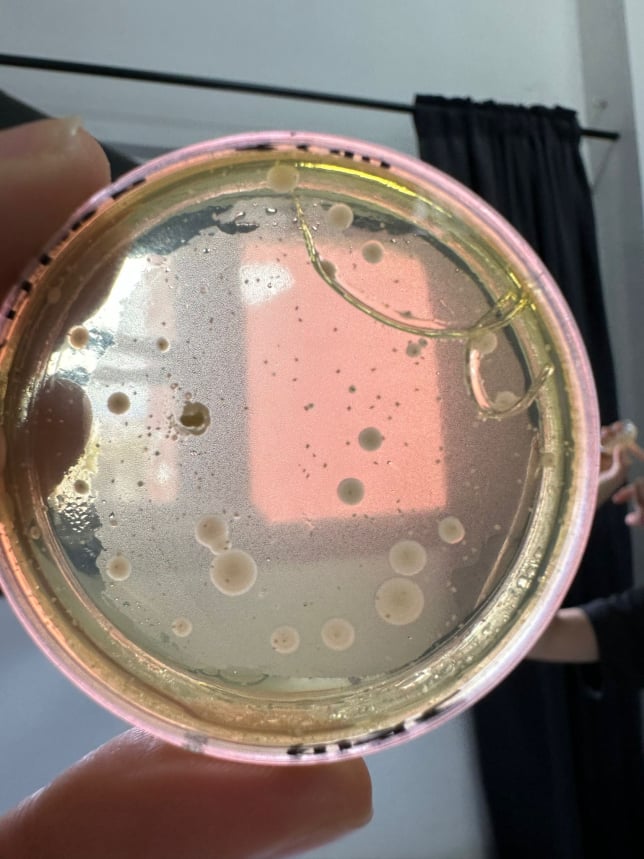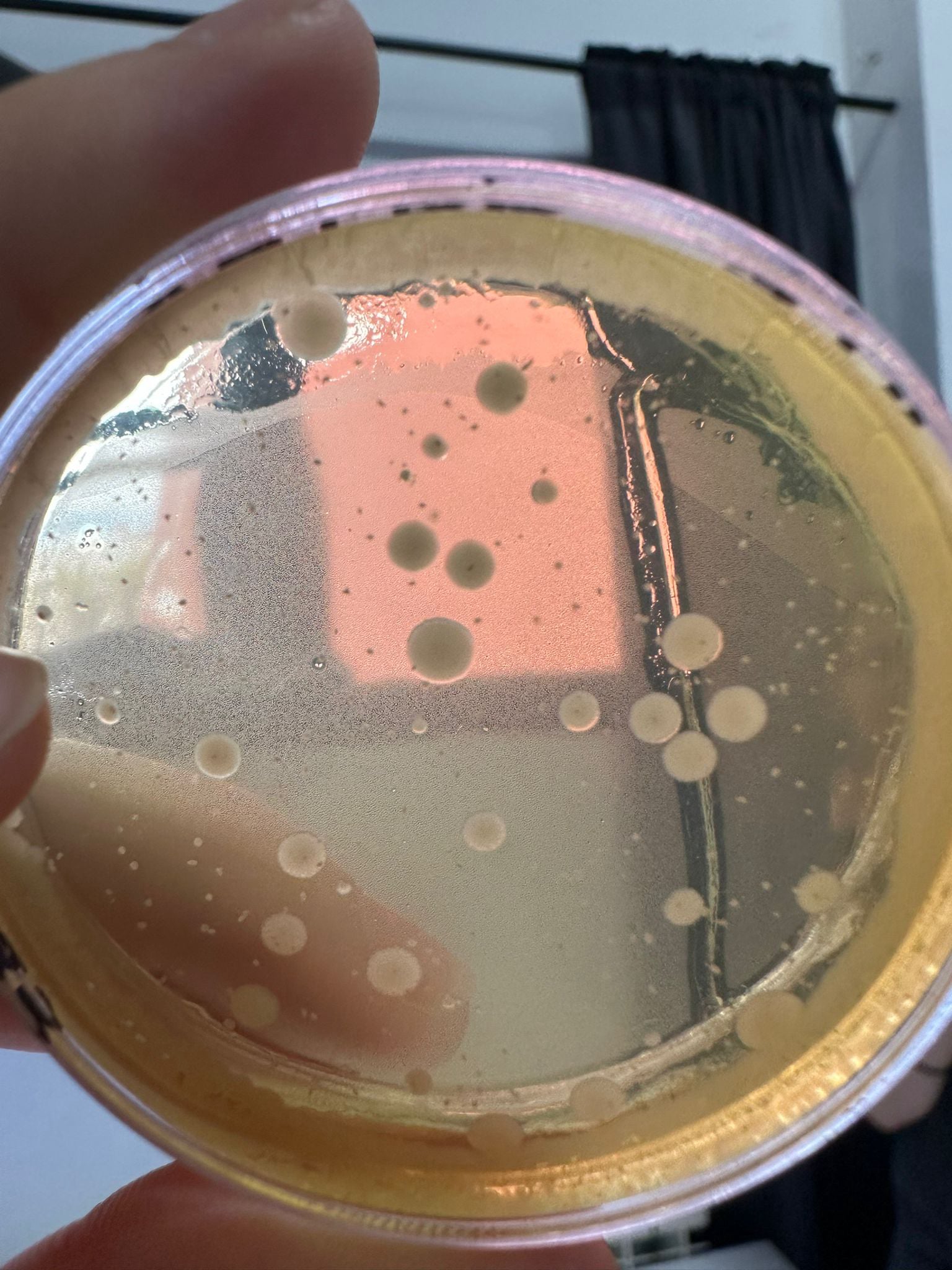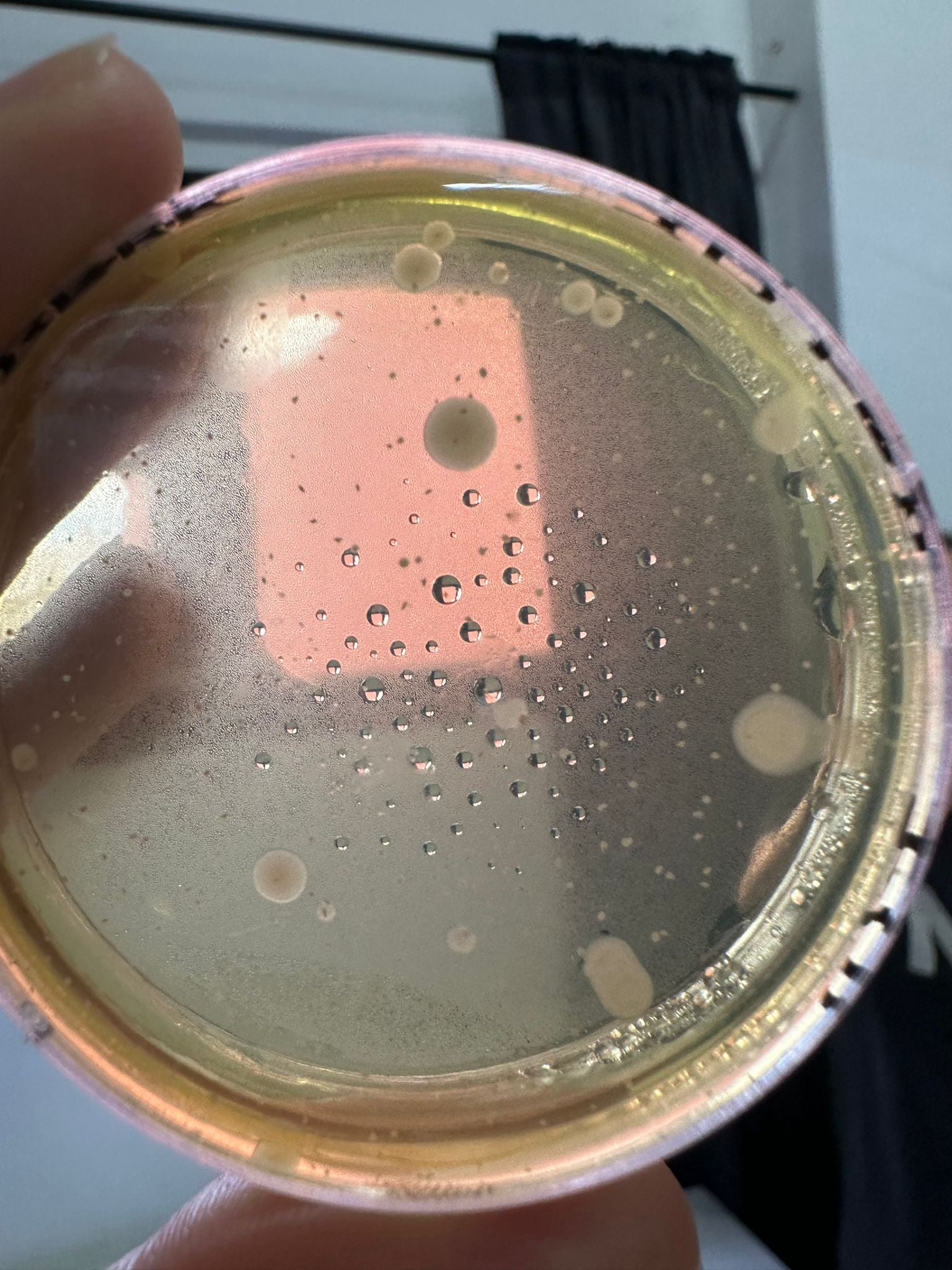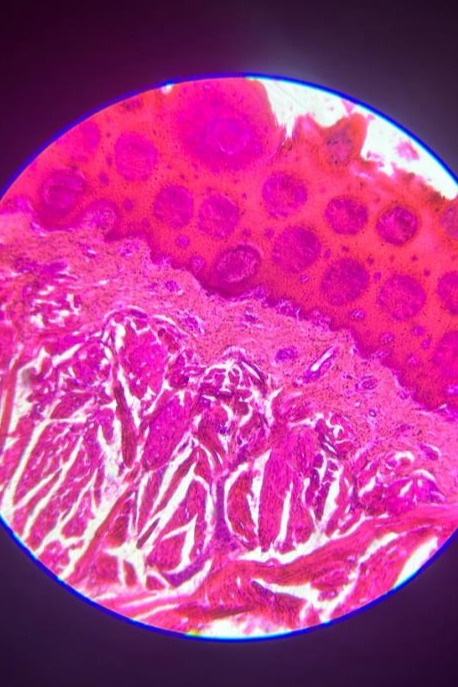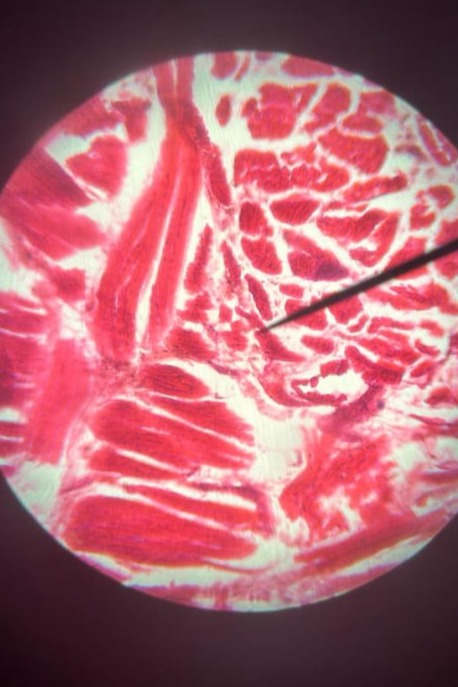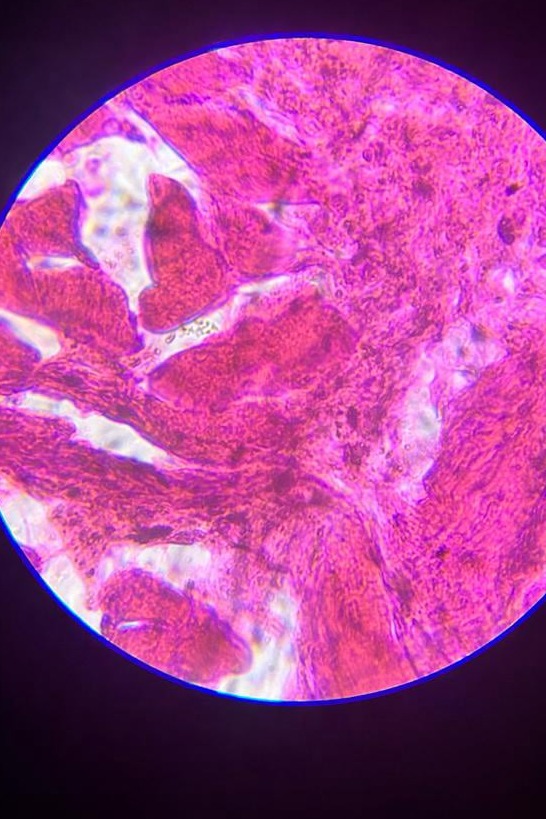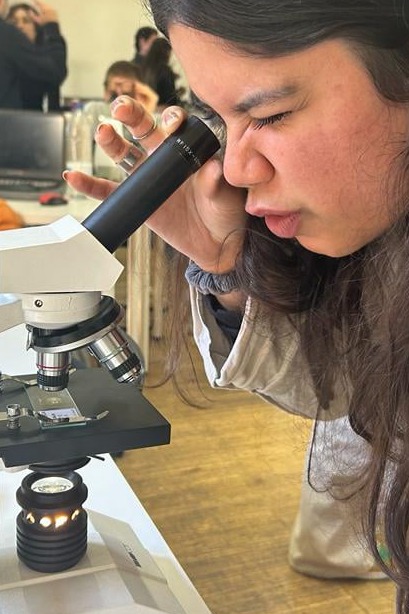Biology - Zero Seminar
The journey from nothing to everything.
Genetic Engineering
The Ultimate weapon: CRISPR-Cas9
To cure genetic diseases.
CRISPR: Clustered Regularly Interspaced Short Palindromic Repeats. These are short, repetitive sequences of DNA found in the genomes of bacteria and other microorganisms. They were named for the unique organization of short, partially palindromic repeated DNA sequences.
Cas9: CRISPR-associated protein 9. Cas9 is an enzyme that is part of the CRISPR system. It acts as molecular scissors capable of cutting DNA at specific locations, enabling precise gene editing.
Planetary Wellbeing
Super population + macro cities
Anthropocene - contamination (micro-plastics, hormones, VOC) and Element exhaustion (lithium, phosphorus)
Global - Local (nuts, avocados, mosquitos)
Climate Change - Climate Refugees + Internet CO2
Planetary well-being is a concept that focuses on the health and sustainability of the entire planet, including its ecosystems, natural resources, and the well-being of all living organisms, including humans. It emphasizes the interconnectedness of all life on Earth and aims to ensure a healthy and thriving planet for current and future generations. Here are some key aspects and examples of planetary well-being:
1. Environmental Conservation: Protecting and preserving natural habitats, reducing pollution, and promoting biodiversity to ensure the long-term health of the planet. For example, initiatives to save endangered species or the creation of protected marine areas to conserve ocean ecosystems.
2. Sustainable Resource Management: Managing Earth's resources (such as water, forests, and minerals) in a way that meets present needs without compromising the ability of future generations to meet their own needs. For instance, sustainable logging practices in forests or responsible water management to prevent depletion.
3. Climate Action: Mitigating climate change through efforts to reduce greenhouse gas emissions and adapt to its impacts. Examples include the transition to renewable energy sources, reforestation to capture carbon, and urban planning for resilience to extreme weather events.
4. Social Equity: Recognizing the interconnectedness of environmental and social well-being, and ensuring that all communities have access to clean air, water, and other resources. This may involve addressing environmental justice issues in marginalized communities.
5. Circular Economy: Promoting a circular economy that minimizes waste, reuses materials, and reduces the consumption of finite resources. This can include practices like recycling, upcycling, and reducing single-use plastics.
6. Conservation of Oceans: Protecting marine ecosystems, combating overfishing, and reducing plastic pollution in the oceans to maintain the health of these vital ecosystems.
7. Sustainable Agriculture: Encouraging environmentally friendly farming practices that prioritize soil health, reduce chemical inputs, and promote biodiversity in agricultural landscapes.
8. Global Cooperation: Recognizing that planetary well-being is a global issue, and international cooperation is essential to address challenges like climate change, biodiversity loss, and the equitable distribution of resources.
9. Sustainable Transportation: Promoting cleaner and more efficient transportation systems to reduce greenhouse gas emissions and improve air quality, such as the development of electric vehicles and public transportation.
10. Education and Awareness: Raising public awareness and educating individuals about the importance of planetary well-being and the actions they can take in their daily lives to support a sustainable planet.
Planetary well-being recognizes that human well-being is closely tied to the health of the planet and strives to balance economic, social, and environmental concerns to create a sustainable and harmonious future for all.
